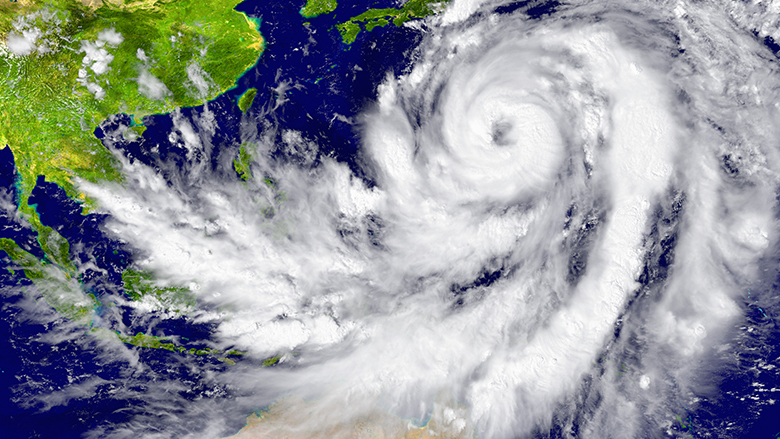Organized by the World Bank Tokyo Disaster Risk Management Hub
Seminar on Hydromet Projects at the World Bank: Opportunities for Collaboration
April 3, 2019
Tokyo, Japan

-
Hydrological and meteorological hazards account for 90% of total disaster losses worldwide. With the effects of population growth, rapid urbanization and climate change, hydromet hazards are expected to pose an even greater threat going forward.
The World Bank’s Global Facility for Disaster Reduction and Recovery (GFDRR) Hydromet Program helps national governments to drive investment and increase knowledge in modern systems and tools to close the development gap. GFDRR supports the design and implementation of integrated hydromet modernization projects, where a greater focus is made on the strengthening of services provided by the National Meteorological and Hydrological Services (NMHSs) and partner organizations, rather than only on investing in newer infrastructure. Since the establishment of the program in 2011, the World Bank’s investment portfolio for hydromet and Early Warning Systems (EWS) has more than tripled in size, now reaching almost $1 billion. This expansion is helping to reach the goal of connecting an additional 100 million people in developing countries with access to high-quality hydromet, and EWS data and services.
GFDRR Hydromet is also heavily involved in the initiatives related to the Global Weather Enterprise (GWE) – an engagement to bring together the public, private, and academic sectors in all areas of weather and climate information and services provision. The GWE is undergoing major change characterized by an increasing contribution from the private sector to the delivery of hydromet information and services. As the GWE evolves, developing countries where NMHSs are relatively weak face a particular set of challenges in satisfying user needs and coping with the speed and scope of ongoing private sector advancements. Therefore, one of the GFDRR Hydromet Program’s objectives is to ensure the evolving GWE capability and business model are appropriately translated in the design and implementation of hydromet modernization projects and programs supported by the World Bank.
Against this background, this public seminar will be held to convene Japanese, international, and World Bank experts at the World Bank Tokyo office on April 3, 2019. The objective of the seminar is two-fold; firstly, to discuss the World Bank’s global hydromet engagements and secondly, to explore how Japanese experts can participate in different phases of World Bank hydromet projects.
********* We encourage participation of Japanese experts on meteorology, hydrology, and weather, water, and climate services in this event *********
Program
Setting the Stage
Makoto Suwa
Sr. DRM Specialist, Global Facility for Disaster Reduction and Recovery (GFDRR), Hydromet ProgramIntroduction to World Bank Hydromet Engagements
Anna-Maria Bogdanova
Operations Officer, Global Facility for Disaster Reduction and Recovery (GFDRR)Engaging Japanese Expertise in World Bank Hydromet Operations
David P. Rogers
Lead consultant, Global Facility for Disaster Reduction and Recovery (GFDRR)Event Moderator
Guillermo A. Siercke
DRM Specialist, World Bank Tokyo DRM Hub
EVENT DETAILS
- DATE & TIME: Wednesday, April 3, 2019 3:30pm-5:00pm
- VENUE: World Bank Tokyo Office, 14th Floor, Fukoku Seimei Building, 2-2-2 Uchisaiwaicho, Chiyoda-ku, Tokyo, Japan (Please refer "ACCESS" in RELATED below) * We have moved to the 14th floor.
- LANGUAGE: English and Japanese (with simultaneous interpretation)
- ADMISSION: free
- CONTACT: World Bank Tokyo Disaster Risk Management (DRM) Hub TEL: 03-3597-1320
- drmhubtokyo@worldbank.org